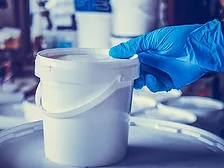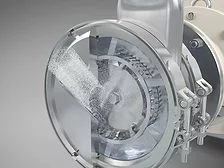Paint and Coating Equipment
Clean Technology Lasers
The New Tool in Surface Pre-Treatment for Superior Coating Adhesion
Read More
Keep the info flowing with our eNewsletters!
Get the latest industry updates tailored your way.
JOIN TODAY!Copyright ©2025. All Rights Reserved BNP Media.
Design, CMS, Hosting & Web Development :: ePublishing










